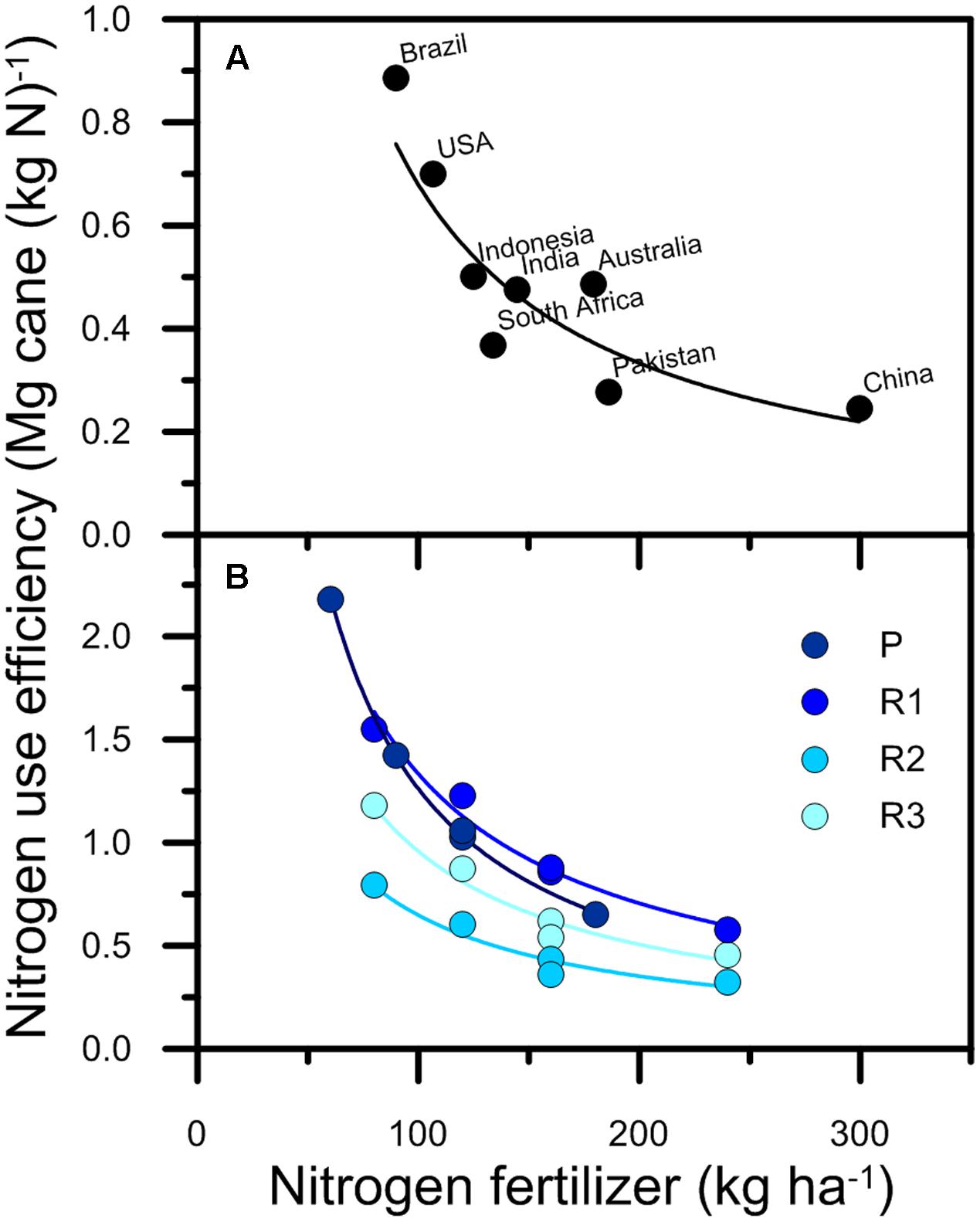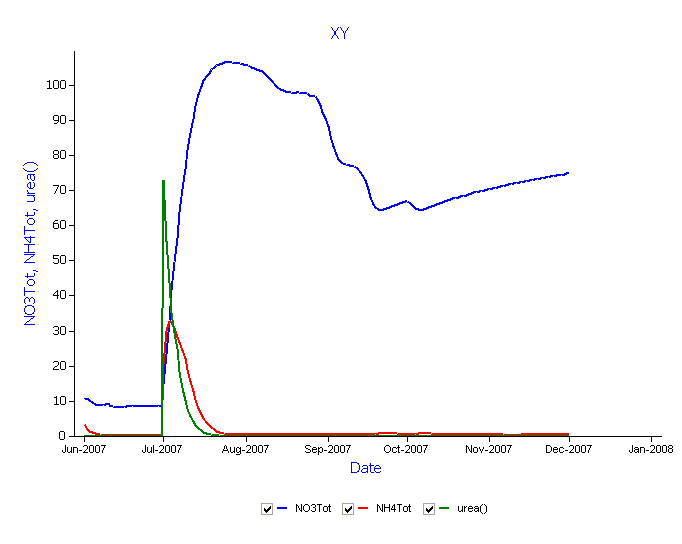

fertilization (x-axis, potential mineral nitrogen applied before decision. The farmers were able to feel comfortable as owners of the collaborative experiments and custodians of the learning environment. A global sensitivity analysis was applied on the APSIM-Wheat crop model to.

The regular participative review sessions proved to be highly effective in stimulating the learning of both farmers and researchers.
SOIL MINERAL NITROGEN APSIM SIMULATOR
The informed speculation of the simulator became a substitute for the farmers' own, more tentative, efforts. Exploration of hypothetical situations of interest to farmer participants, in the form of what-if scenarios, provided insights into the behaviour of the production system for a range of soil and seasonal conditions. APSIM was able to reproduce the observed grain yield dynamics fairly well as indicated by a Wilmott index of agreement of 0.90. The APSIM output generally demonstrated close correspondence with field observations, which raised confidence in its applicability to local cropping systems. Model output was compared to observed grain yield, aboveground dry matter, soil organic carbon (SOC), and mineral nitrogen (N min) dynamics. The model was then used in a 20-year simulation to investigate the effect of fertilizer management on the impacts on potential N leaching losses. The contribution of the Agricultural Production Systems Simulator, which was used to simulate the measured changes in soil water and mineral nitrogen, was found by all participants to be useful. The Agricultural Production Systems Simulator (APSIM) was first tested with experimental data from N fertilizer response experiments conducted on a well-drained soil in the Waikato region of New Zealand. As the study period coincided with a prolonged drought, so that cropping opportunities were few, the objectives of the work were modified to concentrate almost exclusively on the soil variables. Farmers participated in twice-yearly discussions with researchers, informed by the accumulating data, which influenced thinking about soil behaviour and possible new management strategies. Periodic soil sampling of large experimental strips on 3 farms, from paddocks that differed in cropping history and soil properties, provided robust datasets of change, over time, of soil water and mineral nitrogen status. The 2 most influential variables affecting crop productivity in this region (soil water and mineral nitrogen contents) and the growth of sown crops, were monitored and simulated for 3 years beginning in December 1992. Collaboration of researchers and service-providers with farmers in addressing crop and soil management, using on-farm experiments and cropping system simulation, was negotiated in 2 districts in Central Queensland, Australia.


 0 kommentar(er)
0 kommentar(er)
